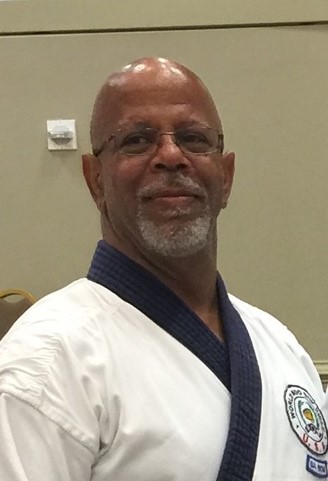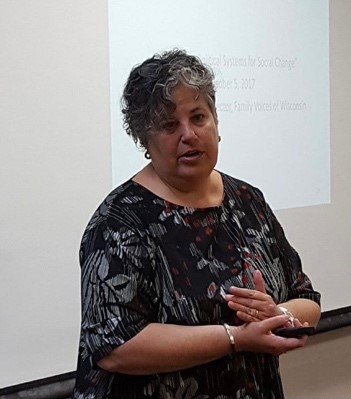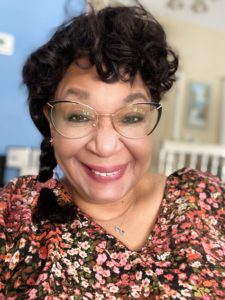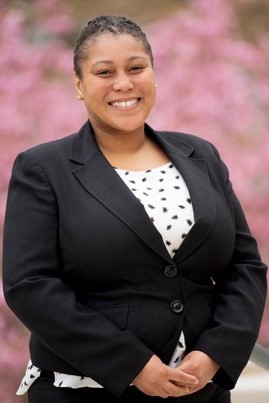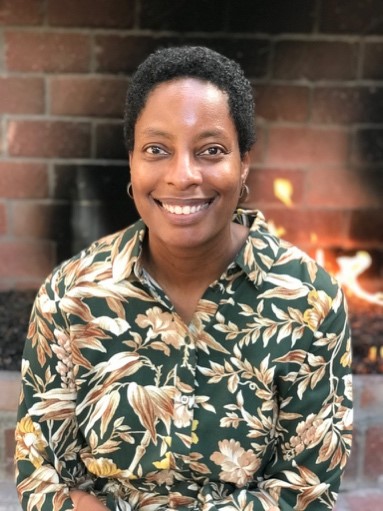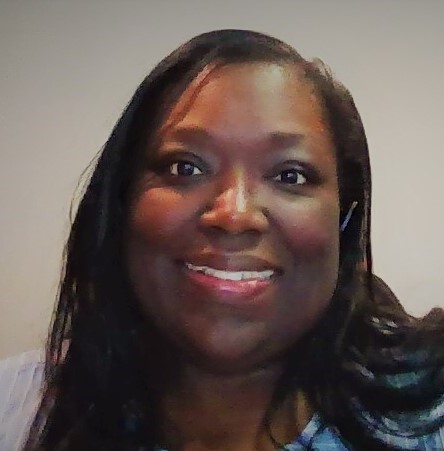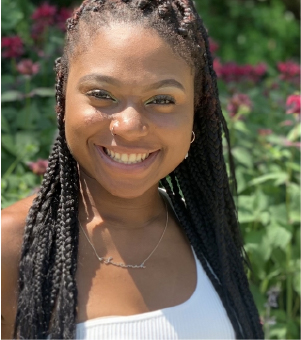
Language Access Services for Families of CYSHCN
Glossary
Acronyms
CYSCHN: Children and Youth with Special Health Care Needs
LEP: Limited English proficiency
Definitions
Accessible communication is an umbrella term to describe communication that is clear, direct, easy to understand and that can be made available in multiple formats so that all users have equal access.
American Sign Language (ASL) is not a gestural form of English, nor is it a universal language used by deaf people around the world. It is a distinct, complete visual language that uses visual cues, with its own unique grammatical rules. ASL has its own vocabulary and grammar that is different from English. Each country has its version of sign language with different signs and ways of communicating. Some countries even have multiple versions depending on the region or culture. There are hundreds of different sign languages around the world, including but not limited to: British Sign Language (BSL), French Sign Language (LSF), Chinese Sign Language (CSL or ZGS), Mexican Sign Language (MSL), Japanese Sign Language (JSL), Indian Sign Language (ISL). Source: National Association of the Deaf – NAD.
Audiologist – a professional trained to test hearing levels and provide assistive technology.
Auxiliary Aids and Services – The Department of Justice regulation provides a comprehensive list of auxiliary aids and services required by the ASA to help address communication barriers. Examples of auxiliary aids and services are assistive listening devices, interpreters, notetakers, captioning, etc.
Belonging means those involved in our work feel accepted and supported in being who they are.
Belonging requires that we:
- foster a sense of ownership in shaping the outcome of the work, and
- create a safe space where people feel comfortable being authentic, imperfect, and ever-changing.
Bilateral Hearing Loss – a hearing loss that affects both ears.
CART – Communication Access Realtime Translation – CART is the verbatim, near instantaneous conversion of spoken language into text. A stenotype machine, notebook computer and realtime software is used to produce the text. The text is usually displayed either on a screen by a projector connected to the notebook computer, or on a notebook computer or computer monitor.
Closed Captions – Text display of spoken dialogue and sounds on tv and videos visible to those using the caption option.
Communication Access – Accommodations that provide an environment where people with hearing loss can communicate.
Community health workers: They serve as liaisons between medical and social services and the community.
Cultural responsiveness is the ability to learn from and relate respectfully with people of your own culture as well as those from other cultures.
Culturally and linguistically appropriate services (CLAS) improve the quality of services provided to all individuals, which will ultimately help reduce health disparities and achieve health equity. CLAS is about respect and responsiveness: Respect the whole individual and respond to the individual’s health needs and preferences.
Deaf – a person who is capital-D “Deaf” considers themselves part of the Deaf community and identifies with Deaf culture, which has its roots in American Sign Language (ASL).
deaf – using the lowercase “d” is a general term that includes all people with significantly reduced hearing. People who are Audiologically deaf (using a lowercase “d”) generally use their residual hearing with speechreading, amplification, hearing aids and/or cochlear implants, and other hearing assistive technology.
Effective Communication – this term is used in the Americans with Disabilities Act (ADA) as a standard for access for people who are D/deaf or hard of hearing. A public accommodation must provide an auxiliary aid or service where necessary to ensure effective communication with individuals with disabilities.
Environmental Scan: a process that surveys and interprets data about trends and events of our organization that influences current and future success. The results are extremely useful in shaping goals and strategies.
hard of hearing – a descriptive term used to describe people with mild to moderate hearing reduction who have access to some spoken language by use of residual hearing, amplification and/or hearing assistive technology and who do not use sign language as their primary language.
Health disparity: refers to a particular type of health difference that is closely linked with social, economic, and/or environmental disadvantage. Health disparities adversely affect groups of people who have systematically experienced greater obstacles to health based on their racial or ethnic group; religion; socioeconomic status; gender; age; mental health; cognitive, sensory, or physical disability; sexual orientation or gender identity; geographic location; or other characteristics historically linked to discrimination or exclusion. (U.S. Department of Health and Human Services)
Health care providers: Is define as: a Doctor of Medicine, pediatrician, dentist, chiropractor, clinical psychologist, optometrist, nurse practitioner, nurse-midwife, or clinical social worker who is authorized to practice by the State.
Hearing Loss – a term used clinically to describe hearing status that is not typical. Hearing loss can range from mild to profound. The term hearing loss can encompass people who are deaf and people who are hard of hearing. Most people with hearing loss use residual hearing and use hearing assistive technology such as hearing aids and/or cochlear implants.
Inclusion creates policies and enables environments in which all involved are:
- afforded access to benefits, opportunities, and resources
- carefully heard and considered in decision-making
- appreciated, respected, and encouraged for their differences and value systems.
Language-access services: means providing Limited English Proficient (LEP) people with reasonable access to the same services as English-speaking individuals.
Limited English Proficiency (LEP): refers to individuals who do not speak English as their primary language and who have a limited ability to read, speak, write, or understand English. These individuals may be entitled to language assistance with respect to a particular type of service, benefit, or encounter.
Medical Interpreters: refers to an individual who helps non-English speakers communicate with doctors, nurses, and other medical professionals. The interpreter must be able to (1) comprehend at least two languages as spoken and written (if the language has a script), (2) speak both of these languages, and (3) choose an expression in the target language that fully conveys and best matches the meaning of the source language.
National Standards for Culturally and Linguistically Appropriate Services (CLAS) in Health and Health Care: are a set of 15 action steps that establish a blueprint for health professionals and organizations to provide health care and services that are responsive to diverse cultural health beliefs and practices, preferred languages, health literacy and other communication needs. Additional information can be found at thinkculturalhealth.hhs.gov/clas.
Plain language is communication your audience can understand the first time they read or hear it. It includes not just words, but also page design to make materials easier to read and make it easier to find information.


